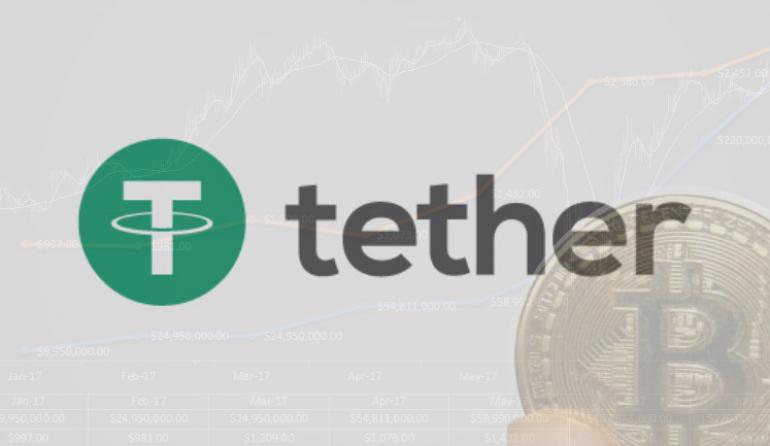
A report signed by a pseudonymous author suggests that Tether issuance by Bitfinex and Bitcoin price are highly correlated and calls for further scrutiny in Bitfinex withdrawal/deposit statistics.
According to the report, new Tether is created following periods of dropping or stagnant BTC prices. Analyzing publicly available samples of new Tether grants, the author claims that “the creation of new Tether is tied to the Bitcoin price” and “periods of dropping or stagnant prices raise the probability of new Tether being created”.
The report goes on to boldly claim that Tether printing might be moving the Bitcoin market. This time the author analyzed Bitcoin price movements for one-hour and two-hour periods following the movement of various Tether grants from the temporary holding wallet to the Bitfinex exchange account. The data analyzed suggest that a rough estimate of ~40% BTC price growth can be attributed to Tether.
Furthermore, the study comes up with some worrying patterns in Tether transactions at Bitfinex following a new grant suggesting that there could be something “artificial” instead of normal customer activities. According to the report, although lacking internal trade data, the digits of the publicly available deposit and withdrawal transaction sizes do not conform to a statistical principle called Benford’s Law. Benford’s Law states that the leading digits of most natural number sets are not evenly distributed but instead have an overrepresentation of smaller digits. However, the inspection of 500 sequential transactions pulled from OmniExplorer for various Tether wallets (Bitfinex, Poloniex, and Kraken) concluded that the frequency of the 9 different leading digits do not follow a natural distribution. Instead, there “is an overabundance of leading 9’s and a uniform paucity of leading 3’s and 8’s in the transaction data”.
Thus the study poses the question how Tether transactions in different exchanges can not only exhibit “extremely significant deviations from the shape of natural transaction data” but also the same deviations which could indicate a "coordinated market manipulation".
The anonymous author concludes that “the price data suggests that Tether may not be minted independently of Bitcoin price and may be created when Bitcoin is falling; it also rejects the notion that Tether is not having a great influence on the Bitcoin price. One interpretation of the data suggests that Tether could account for nearly half of Bitcoin’s price rise, not even allowing for follow-on effects and the psychological effects of rallying the market repeatedly. The transaction data could trigger extreme scrutiny and audits due to a questionable pattern of transactions. One might question the very appearance of these transactions (Are they contrived? Are they irregular?) and, in turn, the legitimacy of the circumstances surrounding Tether’s creation and distribution through the exchange ecosystem.”
However, the report is quick to warn that due to lacking “a great deal of proprietary data”, the statistics “do to not establish wrongdoing but merely give rise to the opinion that the observed behavior appears questionable and should be further examined. It is possible that Tether operates exactly as claimed, but we call upon them to conduct an audit] and share additional meaningful and reasonable information about their business operations.”
Read the full report on Tether and Bitcoin correlation.
